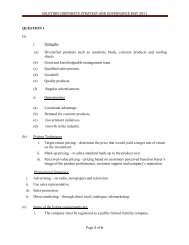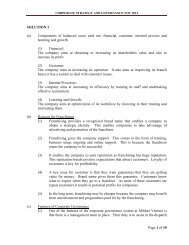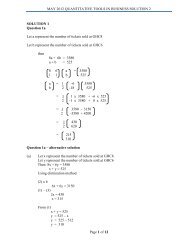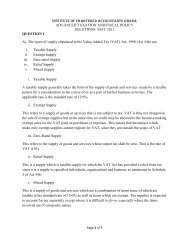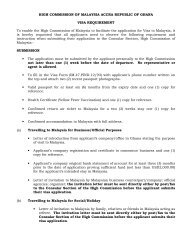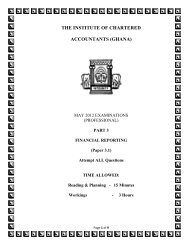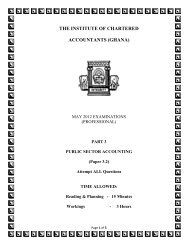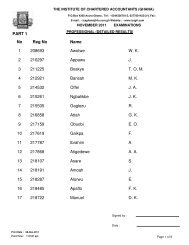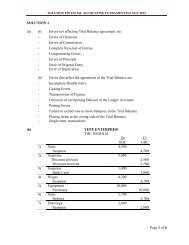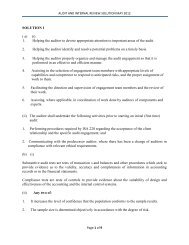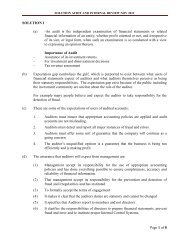(IFRS) for Small and Medium-sized Entities (SMEs)
(IFRS) for Small and Medium-sized Entities (SMEs)
(IFRS) for Small and Medium-sized Entities (SMEs)
You also want an ePaper? Increase the reach of your titles
YUMPU automatically turns print PDFs into web optimized ePapers that Google loves.
<strong>IFRS</strong> FOR SMES – JULY 2009Per<strong>for</strong>mance2.23 Per<strong>for</strong>mance is the relationship of the income <strong>and</strong> expenses of an entity during areporting period. This <strong>IFRS</strong> permits entities to present per<strong>for</strong>mance in a singlefinancial statement (a statement of comprehensive income) or in two financialstatements (an income statement <strong>and</strong> a statement of comprehensive income).Total comprehensive income <strong>and</strong> profit or loss are frequently used as measures ofper<strong>for</strong>mance or as the basis <strong>for</strong> other measures, such as return on investment orearnings per share. Income <strong>and</strong> expenses are defined as follows:(a)(b)Income is increases in economic benefits during the reporting period inthe <strong>for</strong>m of inflows or enhancements of assets or decreases of liabilitiesthat result in increases in equity, other than those relating to contributionsfrom equity investors.Expenses are decreases in economic benefits during the reporting period inthe <strong>for</strong>m of outflows or depletions of assets or incurrences of liabilities thatresult in decreases in equity, other than those relating to distributions toequity investors.2.24 The recognition of income <strong>and</strong> expenses results directly from the recognition <strong>and</strong>measurement of assets <strong>and</strong> liabilities. Criteria <strong>for</strong> the recognition of income <strong>and</strong>expenses are discussed in paragraphs 2.27–2.32.Income2.25 The definition of income encompasses both revenue <strong>and</strong> gains.(a)(b)Revenue is income that arises in the course of the ordinary activities of anentity <strong>and</strong> is referred to by a variety of names including sales, fees, interest,dividends, royalties <strong>and</strong> rent.Gains are other items that meet the definition of income but are notrevenue. When gains are recognised in the statement of comprehensiveincome, they are usually displayed separately because knowledge of them isuseful <strong>for</strong> making economic decisions.Expenses2.26 The definition of expenses encompasses losses as well as those expenses that arisein the course of the ordinary activities of the entity.(a)(b)Expenses that arise in the course of the ordinary activities of the entityinclude, <strong>for</strong> example, cost of sales, wages <strong>and</strong> depreciation. They usuallytake the <strong>for</strong>m of an outflow or depletion of assets such as cash <strong>and</strong> cashequivalents, inventory, or property, plant <strong>and</strong> equipment.Losses are other items that meet the definition of expenses <strong>and</strong> may arisein the course of the ordinary activities of the entity. When losses arerecognised in the statement of comprehensive income, they are usuallypresented separately because knowledge of them is useful <strong>for</strong> makingeconomic decisions.16 © IASCF



